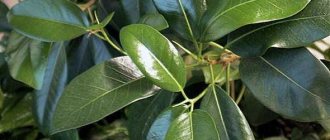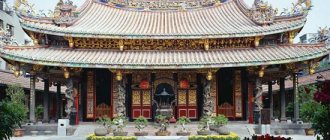Everyone has heard about the money tree at least once, and some even have it somewhere on the windowsill or near the monitor. This is an evergreen perennial plant, which is correctly called Crassula or Krasula from the Latin crassula (thick). However, in today’s material we will tell you more about this plant from the point of view of esotericism, rather than botany. You will learn how to properly care for your money tree so that it finally lives up to its name and begins to bring money into the house.
Money tree: how to make it work for your benefit and bring money.
History of the money tree
Money tree (crassula, lat. Crássula) is a genus of succulent plants of the Crassulaceae family. The plant is also known by many other names, most of which are translations of common English names: money tree, friendship tree, jade tree, jade plant, lucky plant.
A fairly common plant, it can be found everywhere in residential premises, apartments, public reception areas and offices. The first mention of the money tree dates back to approximately 500 AD, which means that this plant is quite old (about 1500 years). The tree-money talisman quickly gained popularity in the East, however, the African continent is considered to be its homeland. Middle Eastern traders, noting the special similarity of the leaves of the plant with coins, first called Crassula the money tree; it was thanks to the traders that the money tree began its journey between continents, subsequently conquering Eurasia.
As a money talisman, the money tree became widespread and gained popularity in Europe only after it was included in registers and gardening reference books at the beginning of the 17th century, and it was then that its magical properties for attracting wealth became known to the general public.











